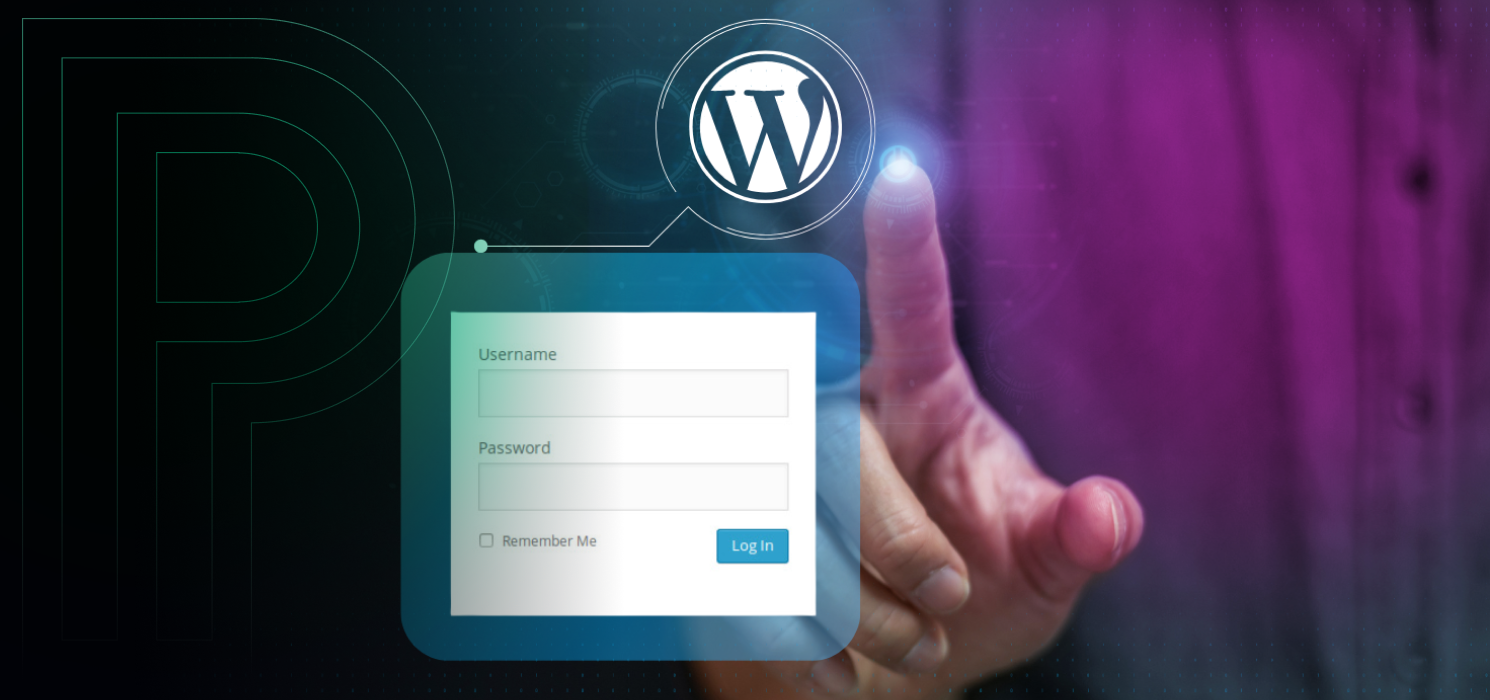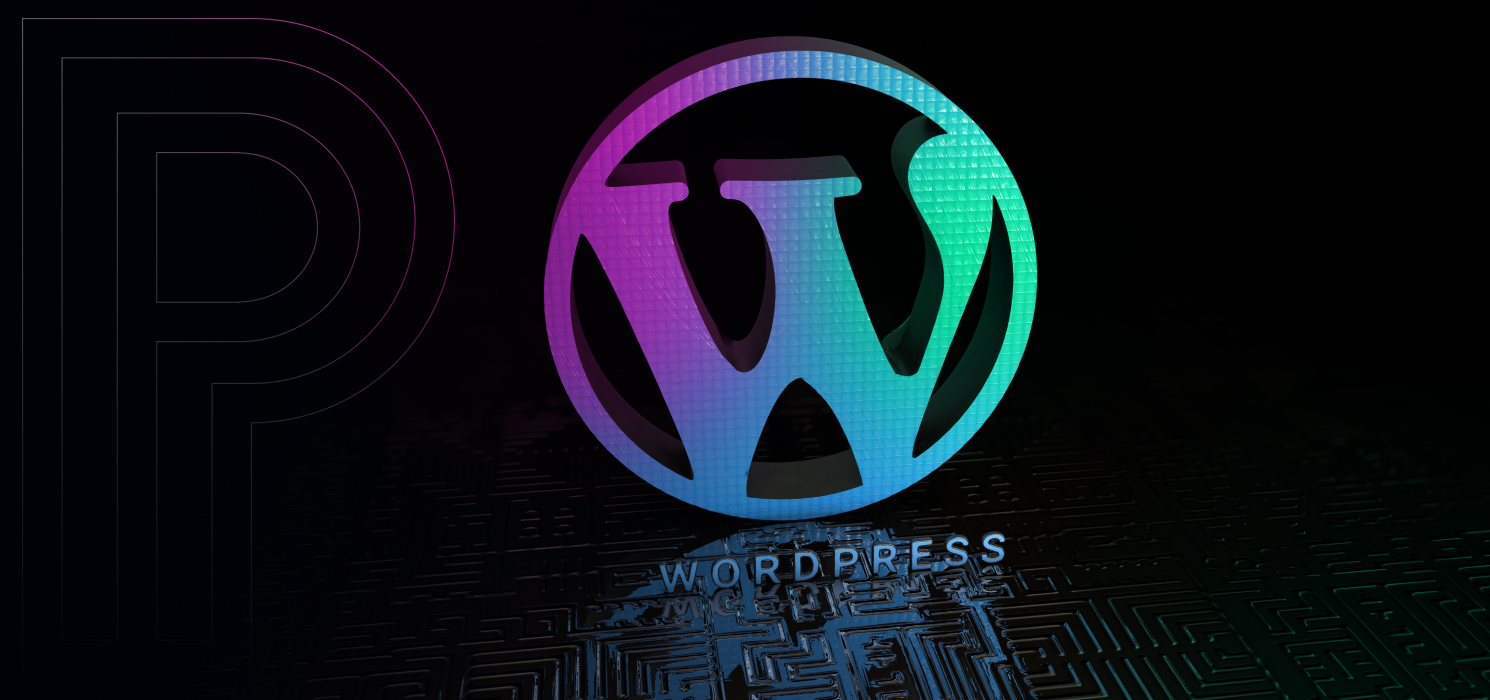Category: WordPress Tutorials
-

How to Create a WordPress Staging Site (and Why You Need One)
Have you ever updated a plugin on your WordPress site and had the screen go white? You didn’t change any code, but the site goes pear-shaped right in front of you, all from one little plugin. Panicked, you try a few things and manage to get it back online, only to see a distorted layout.…
-

A Beginner’s Guide to WordPress Shortcodes
Looking to add some slick features to your WordPress site but don’t want to wrestle code? Good news! That’s where shortcodes come in, little gems like or [contact-form] tucked in square brackets. These simple bracketed commands enable site owners to add complex functionality. They’ve served millions of WordPress sites since version 2.5 by providing a…
-

A Guide to Migrating Your WordPress Site to a New Domain
Migrating your website to a new domain might sound like a daunting task, but sometimes it’s necessary. You may intend to rebrand, switch to a better domain name, or plan to merge multiple sites. Switching to a new domain can be the key to identifying new opportunities and growing your online presence. You may grapple…
-

How to Customize Your WordPress Login Page
If you run a WordPress site, you’ve probably noticed the default login page is, well, a little bland. While it’s functional, it’s generic and doesn’t reflect the personality of your site or brand. Fortunately, WordPress’s flexibility allows you to create a custom login page that looks great and provides a seamless experience for your users.…
-

Udemy: Free and Premium Online Courses for Learning WordPress
Udemy offers on-demand online courses covering a wide range of topics from software development to speed reading. Once you ‘enroll’ and become a member you are then able to pick and choose from the published courses and start learning at your own convenience, with unrestricted repeat access to the content. There are even mobile apps…
-

How to route Pagely site backups to your own S3 bucket
All of your WordPress sites on Pagely are automatically backed up nightly and made available for download via your Atomic dashboard interface. Did you know you can set it up so your backups also automatically accrue under your own Amazon S3 account? There are a number of reasons why you might want to do this,…
-

Four Tips for Customizing the WordPress Admin
If you work with WordPress regularly, the WordPress admin will feel like a second home — I know it does for me, at least. Although the default design, layout, and settings work exceptionally well, it’s possible to make small tweaks to the WordPress admin to help you work more efficiently. Today, I want to share…
-

How to Find the Post ID in WordPress
Introduction to WordPress IDs When I first started using WordPress several years ago, I remember a plugin asking me for a post ID. I thought I was picking up WordPress quite quickly, but this one had me stumped. I could see the name of my post, I could find the URL – but I had…
-
This Post Title is Still Loading… and So Is Your Slow WordPress Site
You know when you've written an awesome blog post about optimizing #WordPress sites for speed but can't figure out the right title for it because you don't want it to sound all clickbatey? That's us right now. — Pagely (@Pagely) November 12, 2020 Across the various WordPress community groups and forums, there’s no doubt that…
-
To WWW or Not to WWW? How to Add WWW to Your URLs in WordPress
There are a number of reasons you might need to change the URL of your WordPress site. Say a change to the brand, or the required switch from HTTP to HTTPS for security purposes. Then, of course, there’s the matter of updating a website from www to a naked (non-www) URL. In the following tutorial,…
